Pollination is the natural process of transfer of pollen grains from the anther of one flower to the stigma of another flower either by biological vectors (different species of animals) or non-biological agents (such as wind, air and water). Some plants are self-pollinators where they are naturally pollinated by their own pollen grains while others are cross-pollinators suggesting that they need pollen grains from another plant of the same species for the purpose of pollination.
Also read: Call of the Wild: Conservation challenges in SAARC nations - Part III: case studies from Afghanistan
Biological pollinators are biological agents like insects (example: bees, beetles, flies, moths and butterflies), birds (example: humming birds), mammals (example: bats and small rodents), molluscs (example: snails and slugs) and other animal species that are responsible for helping in the process of natural pollination in different plant species.
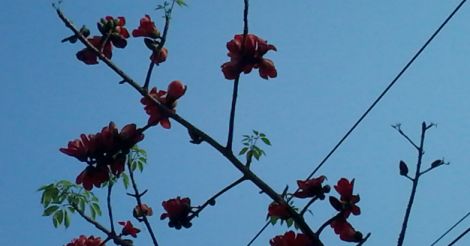 Millions of years of co-evolutionary changes have perfected the plant species and their specific biological pollinators. Photo: Saikat Kumar Basu
Millions of years of co-evolutionary changes have perfected the plant species and their specific biological pollinators. Photo: Saikat Kumar BasuMillions of years of co-evolutionary changes have perfected the plant species and their specific biological pollinators by developing specific strategies and/or special structures/appendages/shapes/sizes/colors/fragrance/odors/chemicals to aid in the process of natural pollination under various ecosystems. Most plant species across the planet have their specific biological pollinators and they are interdependent on one another for achieving the process of pollination.
Also read: Conservation challenges in SAARC nations - Part II
Bees are one of the most successful groups of natural insect pollinators that are responsible for pollinating different crops and vegetables, orchard, fruit and forest tree species across the globe, including mega bio-diverse nations like India. Bees are also a commercially important species of insects being producers of natural honey and beeswax and hence, represent the basic framework of the multi-billion dollar global apiculture industry in addition to their natural and commercial pollination services.
In addition to bees, several species of moths, butterflies and beetles are other important insect pollinators responsible for natural pollination services. It is important to note that the native/indigenous/endemic bee populations are showing an alarming sign of global decline with most serious cases reported from the continents of Europe and North America. Rapid decline of several native bee populations have also been recorded in different Asian, African and Latin American countries including India.
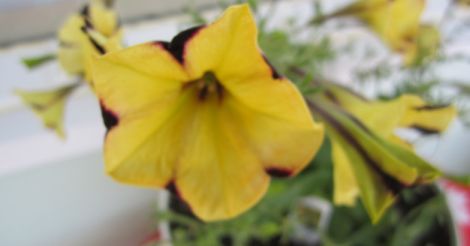 The need for establishing green and sustainable society with environment friendly approaches is the call of the time. Photo: Saikat Kumar Basu
The need for establishing green and sustainable society with environment friendly approaches is the call of the time. Photo: Saikat Kumar BasuAlso check: Call of the Wild | Conservation challenges in SAARC nations - Part I
Numerous natural and anthropogenic factors have been attributed to serious decline in native bees and other insect pollinator populations.
One of the most alarming factor reported across the globe from both developed as well as developing and under developed nations include widespread and indiscriminate use of agricultural chemicals such as synthetic fertilizers, pesticides, insecticides, fungicides, weedicides, growth regulators, artificial plant growth stimulators that are extremely toxic to beneficial insects, bees and other insect pollinators.
Other common factors indicated are rapid pollution of local ecosystems and natural environment, climate change, agricultural and industrial pollution, lack of proper nutrition, severe ecological stresses and devastating, parasitic diseases to mention only a few. Therefore, it is necessary to conserve native bee populations and other insect pollinators around the globe for securing the future of global agriculture (crop production, horticulture, apiculture) and forestry; and for securing the protection of our highly vulnerable and fragile ecosystems and natural environment.
The need for establishing green and sustainable society with environment friendly approaches is the call of the time.
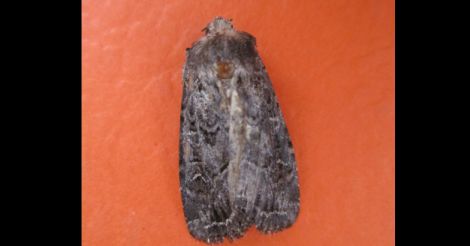 In addition to bees, several species of moths and butterflies, beetles and bees are other important insect pollinators responsible for natural pollination services. Photo: Saikat Kumar Basu
In addition to bees, several species of moths and butterflies, beetles and bees are other important insect pollinators responsible for natural pollination services. Photo: Saikat Kumar BasuTherefore, it is necessary to find simple yet sustainable solutions to our complex ecological and environmental issues impacting human life and society. An important sustainable solution or strategy for successful pollinator/bee conservation is establishing ideal pollinator/bee habitats or sanctuaries. Developing locally adapted pollinator mixes is an important sustainable solution for establishing ideal bee habitats or bee sanctuaries by developing seed mixes of annual and/or perennial native plant species that are suitable and preferred pollinator/bee friendly plant species ideal for nectar and pollen foraging by pollinator insects.
Such bee habitats or bee sanctuaries can help sustain bee/pollinator populations and slowly contribute in sustaining local hives and bee/pollinator species to thrive once again in their natural ecosystems. It is therefore necessary to develop various kinds and types of pollinator mixes of selected annual/biennial/perennial native (wild) plants for establishing suitable bee habitats or bee sanctuaries. In addition to native plant species, such pollinator mixes could also include seeds of pollinator friendly local crops and vegetables to add diversity to the seed mix and in extending the period of foraging by bees and other pollinators across different seasons by judiciously including early, mid or late flowering species for continuous supply of pollen and nectar for the pollinators thriving on such artificial bee or pollinator gardens.
A wide diversity of plant species in the pollinator mix will help attracting large number of native bee species and other insect pollinators across different seasons. Such pollinator or bee gardens can be established in all town and city parks, meadows, lawns, gardens, boulevards, avenues; near farming fields, shelter belts, unused corners of farms, wind belts; along highways, fences, irrigation canals and water bodies and even within sanctuaries, national and biodiversity parks.
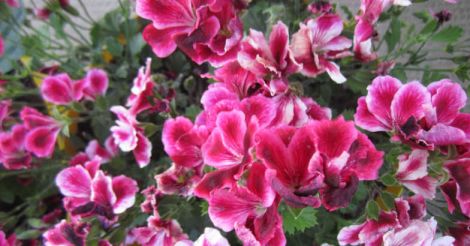 Pollinators like bees are an integral part of our natural ecosystems and hence deserve important conservation priorities. Photo: Saikat Kumar Basu
Pollinators like bees are an integral part of our natural ecosystems and hence deserve important conservation priorities. Photo: Saikat Kumar BasuPollinators like bees are an integral part of our natural ecosystems and hence, deserve important conservation priorities. Rapid decline of native bee populations and other important insect pollinators around the globe is a complex issue that needs our urgent attention. Without such helpful and beneficial insects, our mere existence could be seriously challenged and jeopardized in future if appropriate measures are not taken now. The loss of a specific plant species is also impacting their highly specialized pollinators as they are interdependent on one another; hence the loss of one negatively impacts the other perfected through millions of years of co-evolution and biological specialization, adaptation and finally speciation. We need to understand this and appreciate their silent roles in sustaining our global ecosystems.
(The author is a Canada and India based freelance journalist specializing in global geo-political, strategic and foreign policy issues, science & technology and environment & conservation related themes.)

























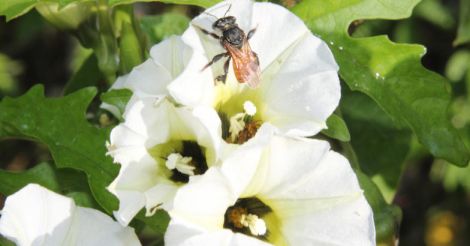 Pollination is the natural process of transfer of pollen grains from the anther of one flower to the stigma of another flower. Photo: Saikat Kumar Basu
Pollination is the natural process of transfer of pollen grains from the anther of one flower to the stigma of another flower. Photo: Saikat Kumar Basu